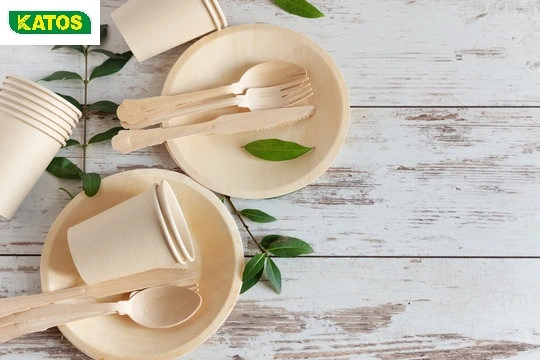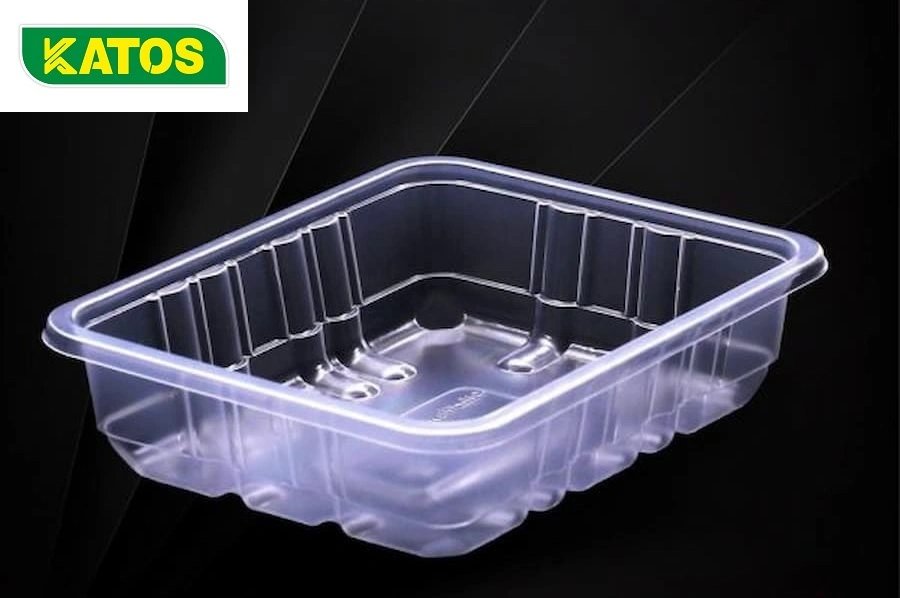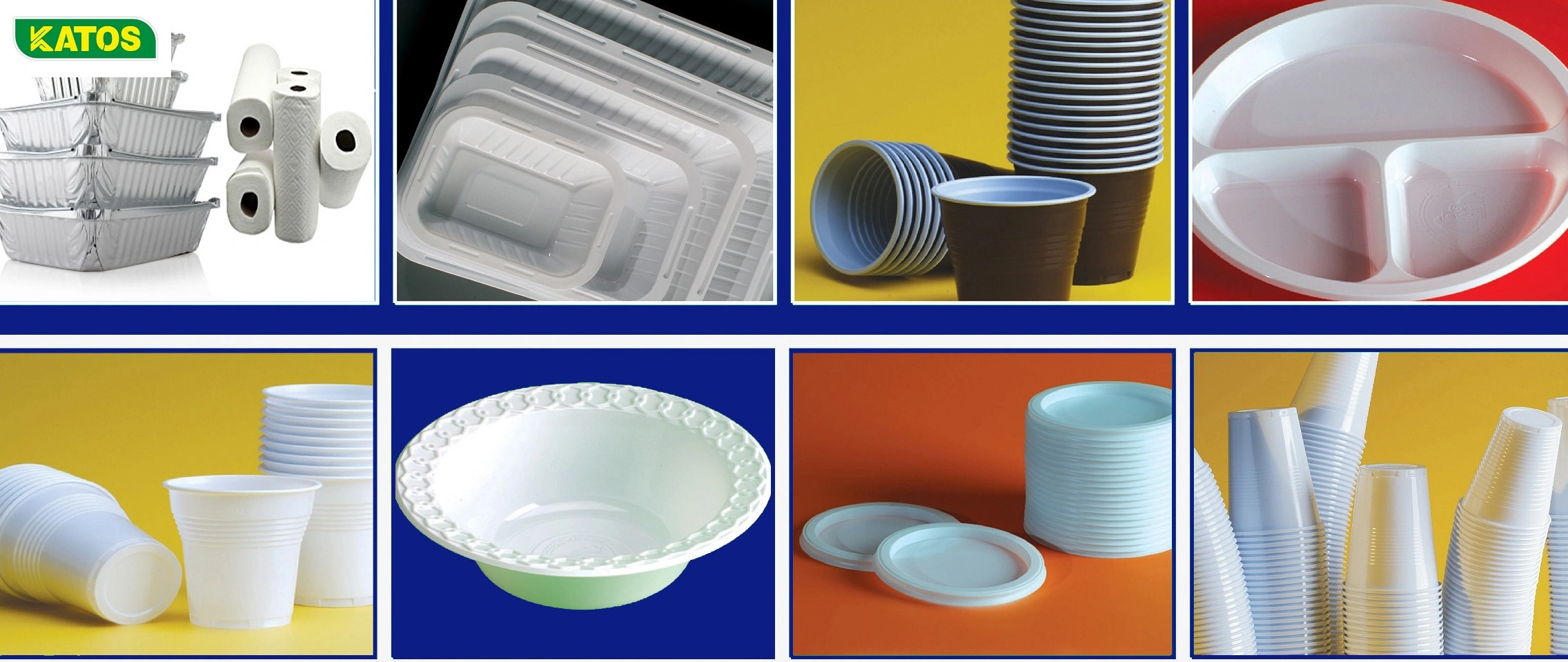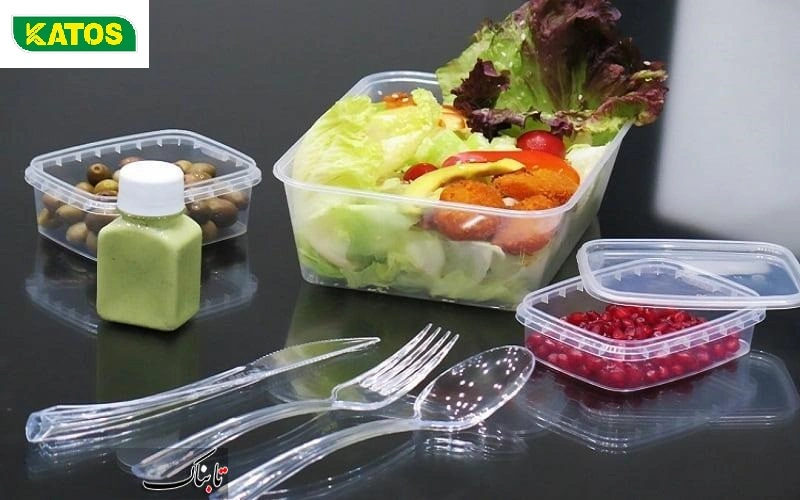Disposable Products and Their Difference from Consumables
Disposable products, also known as disposable items, are designed for single-use, after which they are either recycled or disposed of as solid waste. This term is sometimes used for products that may last several months, such as disposable air filters, to distinguish them from similar items that can be used indefinitely, like washable air filters. The word “disposables” should not be confused with “consumables,” a term widely used in the mechanical world.
For example, welders refer to items like welding rods, tips, nozzles, and gas as “consumables” because they last only for a certain period before needing replacement. Consumables are necessary for a process to occur, such as ink for printing or welding rods for welding, whereas disposable products are discarded once they become damaged or no longer useful.
 Challenges and Regulations Related to Disposable Products
Challenges and Regulations Related to Disposable Products
Disposable products are most commonly made from materials like paper, plastic, cotton, or polystyrene foam. Items made from composite materials, such as laminates, are challenging to recycle and are more likely to end up in landfills, as this is a cost-effective disposal method. However, in 2004, the European Union passed legislation that restricted landfill disposals. Many governments are increasing efforts to phase out single-use plastic products and manage plastic packaging waste in an environmentally friendly manner.
In 2015, the European Union introduced a directive to reduce the consumption of single-use plastic bags per person, with further restrictions implemented in 2019 banning almost all types of single-use plastics, except bottles, starting in 2021. Similarly, the UK has implemented bans on various single-use plastic items, including cutlery and food containers, to address the pollution caused by these products.
Types of Disposable Products
There is a wide range of disposable products designed to protect against harmful substances or prevent the spread of viruses and bacteria. Some of the most common examples include:
:Paper Towels
These are used for cleaning spills, wiping surfaces, and drying hands.
Advantages: They are highly absorbent, easy to use, and provide a quick way to clean up messes without needing to wash cloths.
Disadvantages: They contribute to waste and can be costly over time compared to reusable cloths.
:Disposable Plates and Cutlery
These items, including plates, forks, knives, and spoons, are commonly used for picnics, parties, or whenever washing dishes is inconvenient.
Advantages: They save time on cleaning, are lightweight, and are easy to dispose of after use.
Disadvantages: They are a significant source of plastic waste and are less durable than reusable options.
:Plastic Wrap
Used for covering food items to keep them fresh or to store leftovers.
Advantages: It’s versatile, keeps food fresh by sealing out air, and is easy to use for covering dishes or wrapping sandwiches.
Disadvantages: It’s not eco-friendly, can only be used once, and may not be recyclable.
:Aluminum Foil
Often used for wrapping food, cooking, and lining pans for easy cleanup.
Advantages: It’s heat-resistant, versatile, and can be used for cooking or storing food.
Disadvantages: While it can be recycled, it is often discarded after a single use and is less sustainable than reusable options.
:Disposable Napkins
These are used during meals for wiping hands and faces.
Advantages: They are convenient, hygienic, and available in various sizes and designs for different occasions.
Disadvantages: They contribute to paper waste and are less eco-friendly compared to cloth napkins.
:Plastic Cups
Commonly used for parties and gatherings, disposable plastic cups are convenient for serving drinks.
Advantages: They are lightweight, shatterproof, and eliminate the need for washing dishes after a gathering.
Disadvantages: They are a major contributor to plastic waste and are not biodegradable.
:Coffee Filters
Used in coffee machines to filter out coffee grounds.
Advantages: They are easy to use, help produce a cleaner cup of coffee, and are compostable if made from paper.
Disadvantages: They are single-use, contributing to waste, and need to be purchased regularly.
:Medical Masks
These are worn over the mouth and nose to protect against infections and viruses. They are particularly effective when worn by a sick person to prevent the spread of germs through sneezing or coughing.
Advantages: They are easy to use, affordable, and provide a basic level of protection against airborne pathogens.
Disadvantages: They are often single-use, contributing to waste, and may not offer complete protection, especially against smaller particles.
 :Gloves
:Gloves
Disposable gloves prevent contamination through contact with various surfaces and fluids. They come in different thicknesses, with latex and nitrile being the most common materials.
Advantages: They offer excellent protection against contamination and are widely used in medical settings and food handling.
Disadvantages: Some people may have allergies to latex, and improper disposal can lead to environmental harm.
:Shoe Covers
Used in hospitals, shoe covers are placed over shoes to prevent the introduction of microorganisms into the clinic and to keep floors clean from dirt and other contaminants. They can vary in height, with some resembling boots.
Advantages: They effectively maintain hygiene in sterile environments and are easy to use.
Disadvantages: They are often single-use, adding to waste, and can be slippery on certain surfaces.
:Coveralls
These are used by hospital staff in high-risk environments and are changed after contact with each patient. They are recommended for environments with pathogens and dangerous infections.
Advantages: They provide full-body protection and are essential in preventing the spread of infections in high-risk settings.
Disadvantages: They can be uncomfortable to wear for long periods and are typically single-use, which contributes to medical waste.
:Aprons
Disposable aprons are recommended for use in less risky environments to protect clothing from splashes of fluids or saliva from infected patients. They are also useful when working with fats, food, and paints.
Advantages: They are lightweight, easy to put on, and offer a barrier against contaminants in lower-risk situations.
Disadvantages: They provide limited protection and are usually not suitable for high-risk environments.
:Face Shields
These are used to protect the entire face from splashes, sprays, and respiratory droplets, often in conjunction with masks.
Advantages: They offer additional protection to the eyes and face, are reusable if properly cleaned, and are comfortable to wear over long periods.
Disadvantages: They may not fit well over glasses or goggles and can fog up, reducing visibility.
:Disposable Gowns
These are used in medical settings to protect healthcare workers from fluid exposure and infections.
Advantages: They offer full coverage and are essential in surgical and other high-risk environments.
Disadvantages: Like other disposable items, they contribute to medical waste and can be uncomfortable for prolonged use.
:Disposable Utensils
Often used in food services, these items include plates, forks, spoons, and cups.
Advantages: They are convenient for single-use events and reduce the need for washing dishes.
Disadvantages: They are a significant source of plastic waste and are not environmentally friendly.
:Disposable Baking Pans
These are used for baking and are often made from aluminum.
Advantages: They are convenient for baking and transporting food without worrying about cleanup or returning the pan.
Disadvantages: They are single-use, contributing to waste, and are less sturdy than reusable pans.
:Disposable Food Storage Bags
Commonly used for storing snacks, sandwiches, or leftovers.
Advantages: They are convenient, seal tightly to keep food fresh, and are available in various sizes.
Disadvantages: They are not eco-friendly, contribute to plastic waste, and are typically single-use.
:Disposable Cleaning Wipes
These are pre-moistened cloths used for quick cleaning of surfaces like countertops and appliances.
Advantages: They are convenient, disinfect surfaces effectively, and are disposable, reducing the need for washing cloths.
Disadvantages: They contribute to waste, can be expensive over time, and are less environmentally friendly than reusable cleaning cloths.
 The Rising Popularity of Disposable Products
The Rising Popularity of Disposable Products
Disposable products have gained popularity over the years due to their ability to provide a high level of protection against contamination, infections, and harmful substances without the need for cleaning or maintenance. They offer excellent hygiene, are convenient to use, and save time and resources by eliminating the need for washing or sterilizing. These products also play a key role in preventing the spread of diseases, viruses, and bacteria, making them essential in both personal and professional settings. Additionally, the availability of various sizes and materials from specialized retailers allows users to choose the most suitable options for their specific needs.
Their affordability, durability, and ease of replacement make disposable products an ideal choice for many industries, while also enhancing a company’s image by demonstrating commitment to the safety and well-being of employees and clients.
click here for more information about katos microfiber cloths.


 Challenges and Regulations Related to Disposable Products
Challenges and Regulations Related to Disposable Products
 :Gloves
:Gloves The Rising Popularity of Disposable Products
The Rising Popularity of Disposable Products